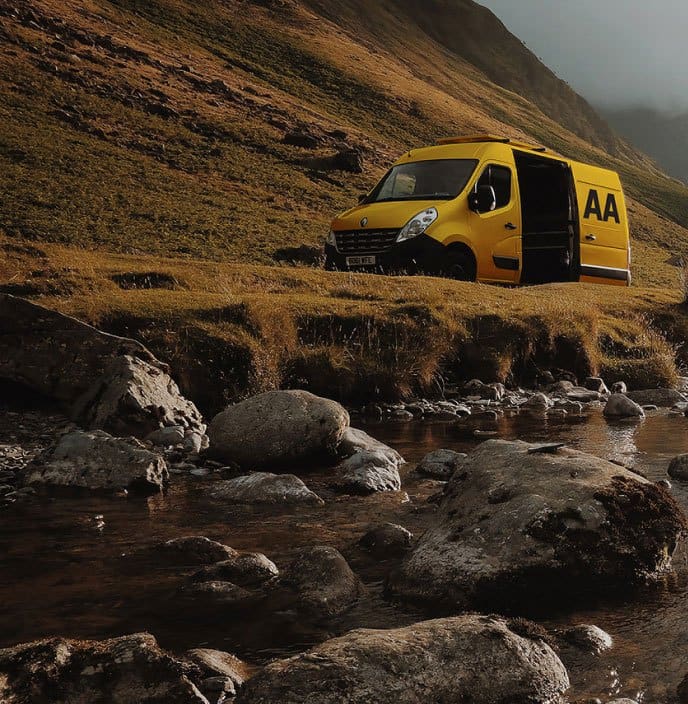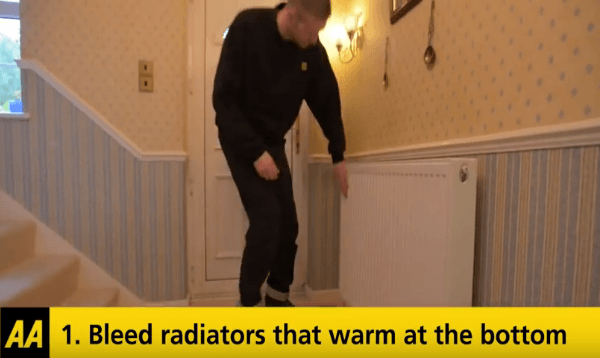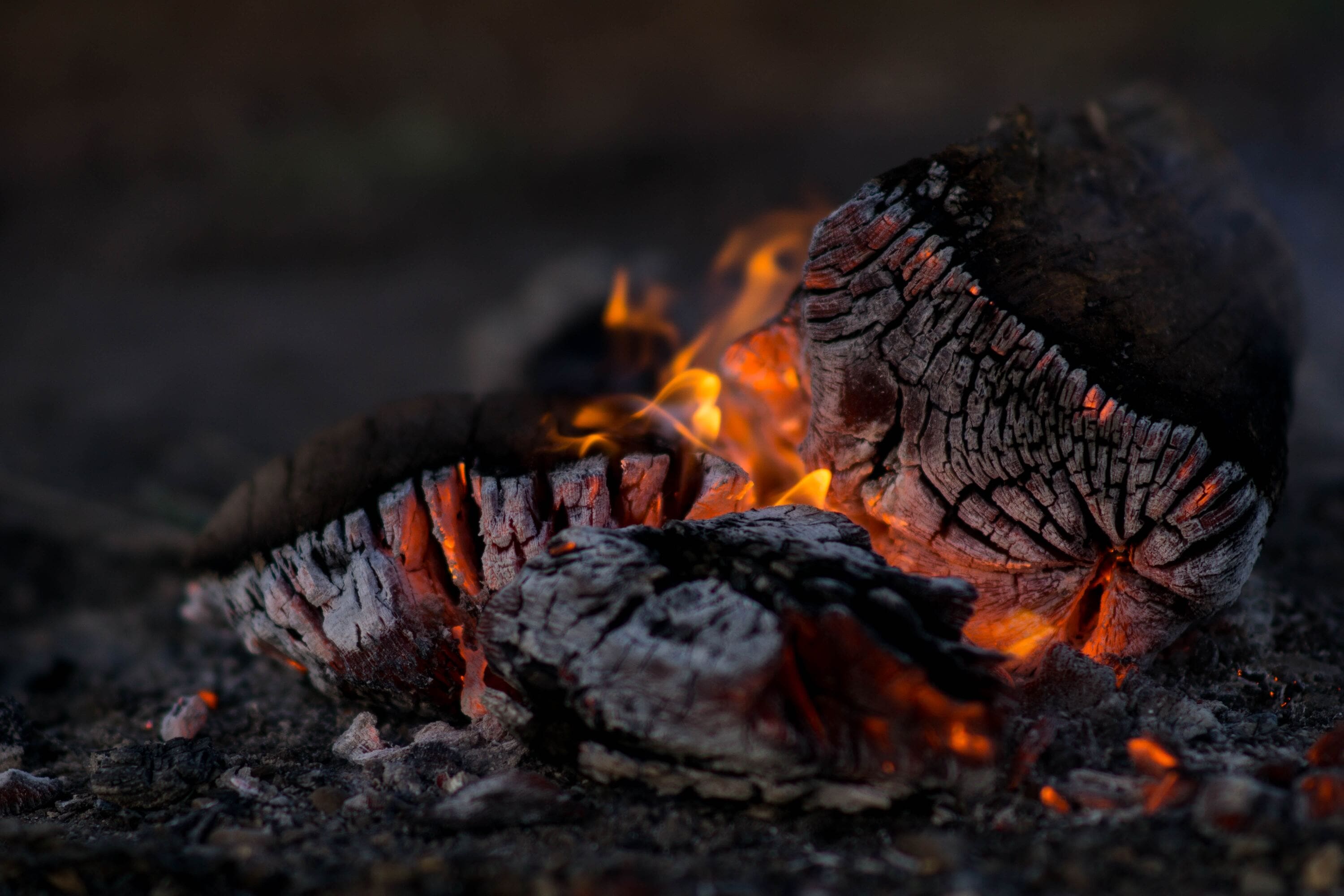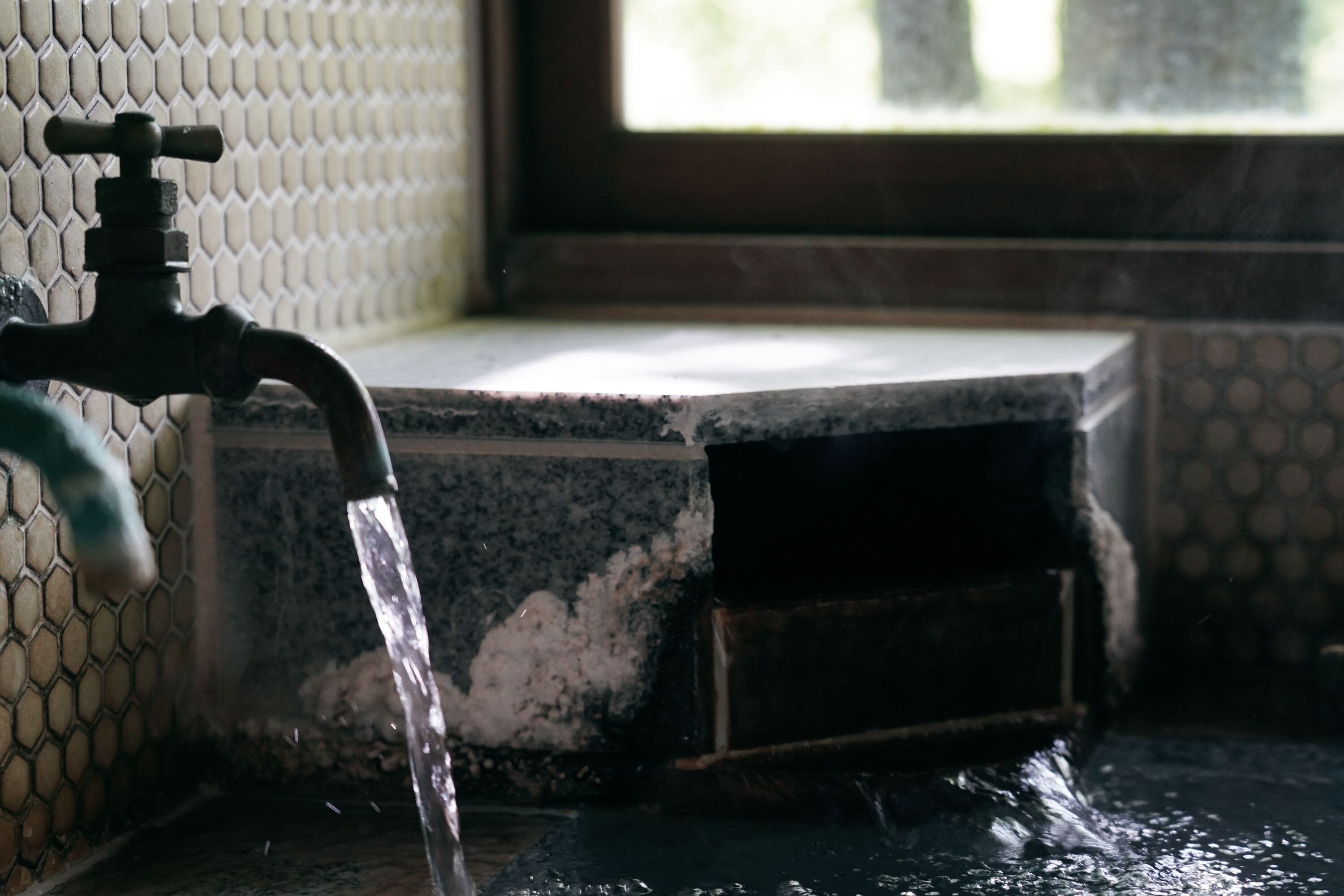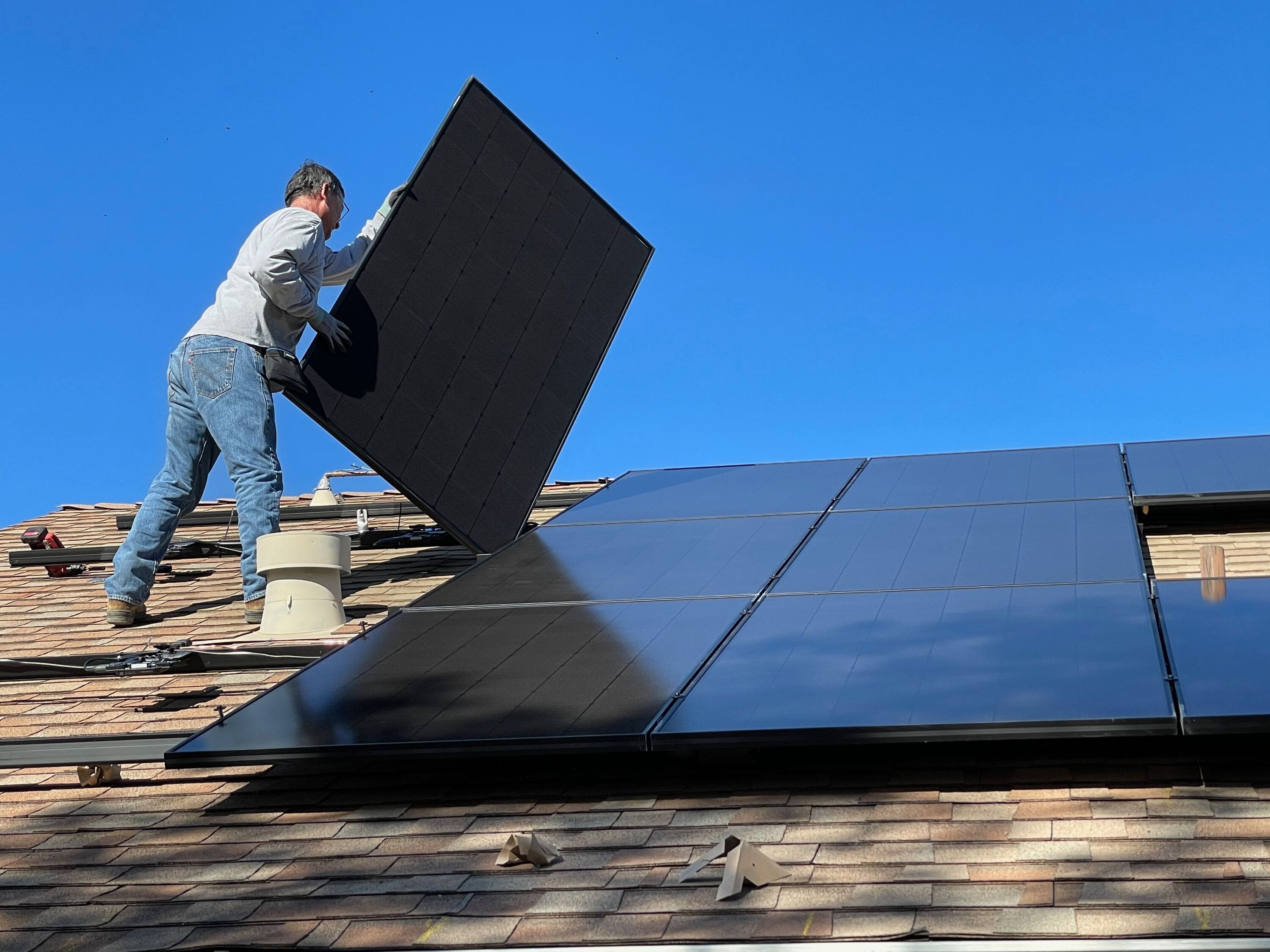You may not think about your central heating system too often, but you’ll certainly notice if it goes wrong – especially with the autumnal evenings quickly setting in.
To keep it in good shape, turning the radiators on for a few minutes during the summer months is always a good way to get a head start. This will show the system is working properly and should help clear any blockages.
However, if you forgot to carry out maintenance and are now wondering why your radiators aren’t heating up properly, there might be air trapping involved.
To learn how to bleed your radiator effectively follow our tips below, or check out the video.
6 Simple Steps When Bleeding Radiators
1. Check Your Radiators
Does your radiator feel cold at the top and warm at the bottom? If so, air might be trapped and it may need bleeding.
2. Turn Off the Central Heating
Before you start make sure you switch the heating off at the main controls and wait for the system to cool down
3. Locate the Bleed Valve
Find the bleed valve on the affected radiator – it’s usually a small handle on one side.
4. Shield the Area
Bleeding radiators can be a messy job, especially if yours is badly affected. Place some old sheets under the valve to catch any water, and it’s also a good idea to wrap your hand in some cloth – any water spraying from the valve could be very hot.
5. Turn Off the Valve
Turn the bleed valve anticlockwise using the bleed key. If you can’t find yours they can be easily picked up at a local DIY store. Upon turning the valve, there’ll be a slight hissing sound which is air being released. The goal here is to see water dribbling from the valve – when this occurs we know then that all of the air has escaped from the radiator.
6. Re-Tighten the Valve
When all the air is released, carefully re-tighten the bleed valve. You can now also turn the heating back on. Check on the radiator a couple of hours later to make sure it’s heating evenly, and that no water is escaping from the valve.


